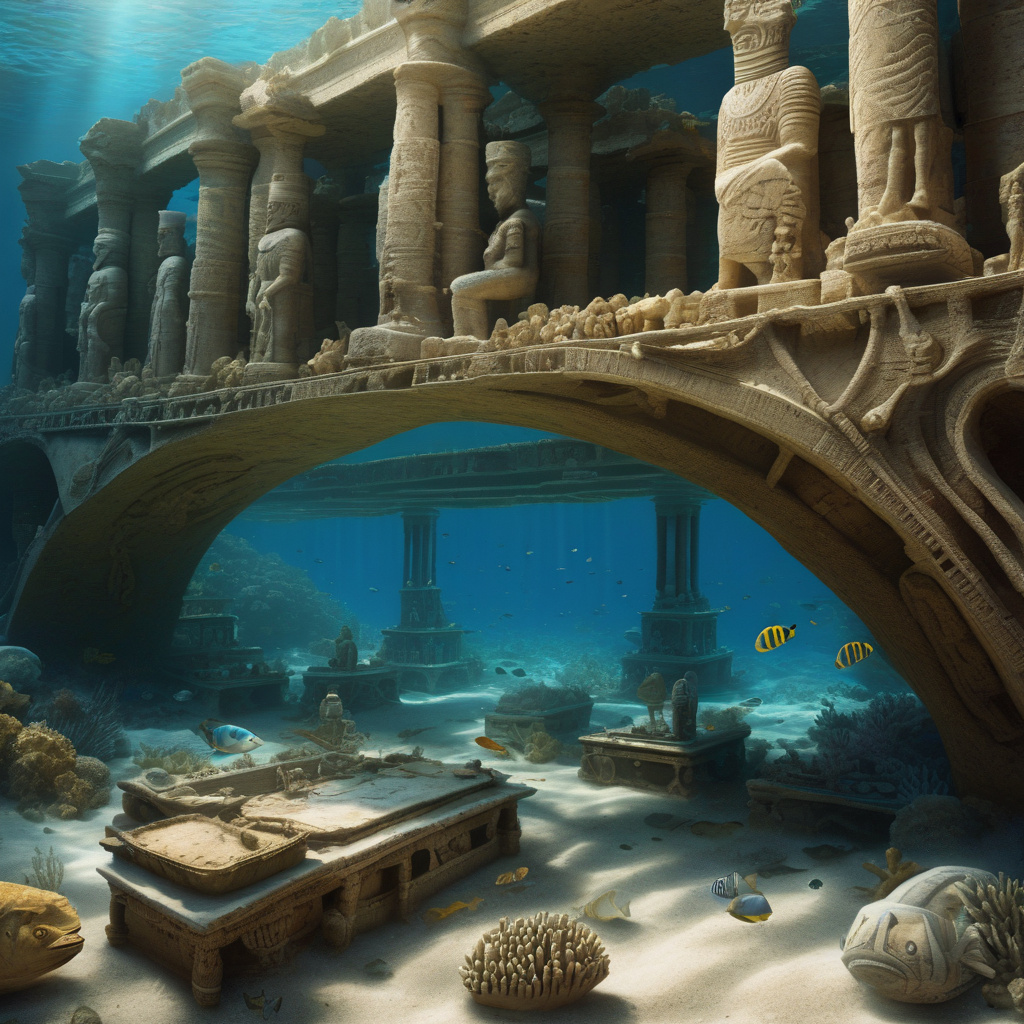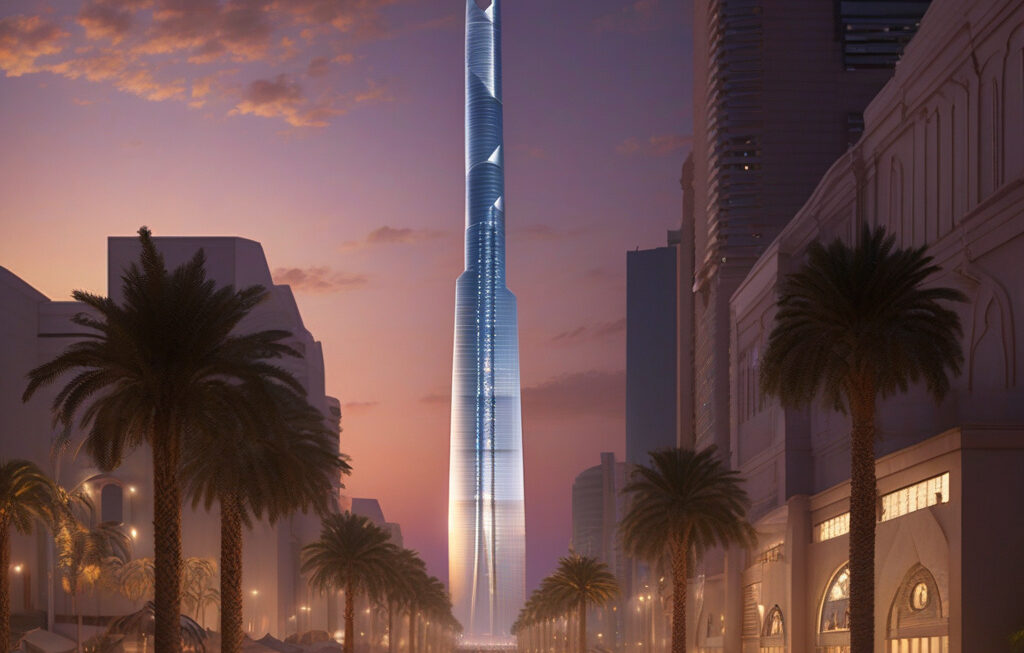Egypt Reveals Treasures from 2,000-Year-Old Sunken City Near Alexandria
Egypt on Thursday unveiled new finds from a submerged archaeological site off Alexandria, hoisting statues, columns, and pottery to the surface after divers explored the sunken city of Heracleion, also known as Thonis. These remarkable discoveries shed light on the rich history of Egypt and showcase the ancient civilization’s artistry and ingenuity.
The sunken city of Heracleion, believed to have been built in the 8th century BC and later submerged under the sea around 1,200 years ago, has been a subject of fascination for archaeologists and historians for decades. The recent expedition, led by the European Institute for Underwater Archaeology, has brought to the surface a treasure trove of artifacts that offer a glimpse into the daily life, religious practices, and trade networks of this ancient city.
Among the most striking discoveries are colossal statues standing over 16 feet tall, intricately carved in red granite depicting ancient deities and pharaohs. These statues not only demonstrate the skill and artistry of the craftsmen of that era but also provide valuable insights into the religious beliefs and mythologies prevalent in ancient Egypt.
In addition to the statues, archaeologists have recovered a wealth of smaller artifacts, including delicate jewelry, coins, and pottery. These items not only serve as decorative pieces but also offer clues about the trade routes and cultural exchanges that the city engaged in with other civilizations in the Mediterranean region.
The recovery of well-preserved architectural elements such as columns and capitals further underscores the grandeur of the sunken city, hinting at a prosperous and thriving urban center that was a hub of trade and cultural exchange.
The painstaking work of underwater archaeologists in documenting, recovering, and preserving these artifacts is crucial not only for unraveling the mysteries of the past but also for ensuring that these treasures are protected and can be appreciated by future generations.
The unveiling of these relics from the sunken city of Heracleion is a testament to Egypt’s rich cultural heritage and its enduring legacy as a cradle of civilization. It also highlights the importance of ongoing archaeological research and exploration in uncovering the secrets of the past and preserving them for the future.
As these ancient treasures are brought to the surface and displayed for the world to see, they serve as a reminder of the ingenuity, artistry, and sophistication of the civilizations that came before us, inspiring awe and admiration for the achievements of our ancestors.
In conclusion, the discoveries from the sunken city near Alexandria offer a fascinating glimpse into the ancient world and underscore the significance of ongoing archaeological efforts in uncovering and preserving our shared heritage.
ancient Egypt, sunken city, Alexandria, underwater archaeology, cultural heritage












